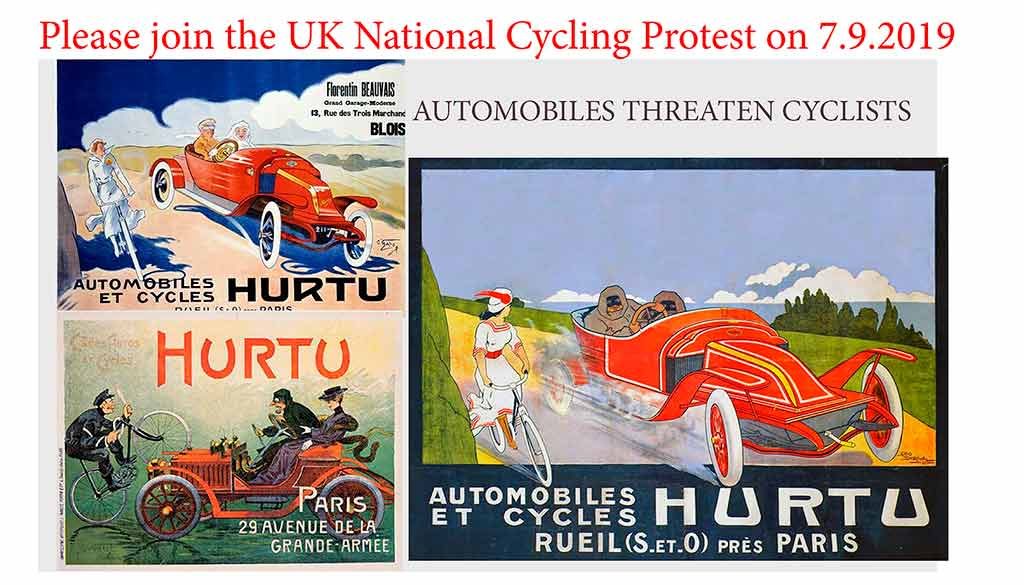Landscape architects support the call for cycling infrastructure and a National Cycling Protest
Landscape architects care about cycling for 3 main reasons:
- many of us are cyclists, because we know it’s the fastest, healthiest, most sustainable and most economical transport mode ever invented
- we all care about a creating good urban/rural environments, saving the planet and combating climate change
- we know, as professionals, that we can make a valuable contribution to the planning and design of cyclepaths, cycleway networks and related infrastructure
For these reasons, I’ve been helping with organising the UK National Cycling Protest that will be held on Saturday 7th September 2019 in London. Mostly, I’ve been making videos for Youtube and posting on Twitter and Facebook. We’re going to ride from Lincoln’s Inn Fields to Parliament Square. It would be great to have more landscape architects come along. The headline call is for investment in UK cycling infrastructure to be raised from 72p/head/year to the UN-recommended 20% of the transport budget. For the UK, this would be £112/head/year. The reasons for this being such good value for money are set out in the in the above video. With the man who made the case for Central London’s excellent cycleways (Andrew Gilligan) now the government’s transport adviser, the timing of the Protest is fortuitous. The Protest is organised by Stop Killing Cyclists in partnership with XR Extinction Rebellion.
So what skills can landscape architects contribute to cycling infrastructure? Three things.
- First, a focus on the cyclist’s user experience. This is intrinsic to landscape architecture – and not to transport planning or highway engineering. We know how to assess urban landscapes and plan routes that cyclists will want to use; an understanding of desire lines is part of the landscape profession’s DNA.
- Second, we know that different types of user require different types of cycleway. There are separate requirements for commuter cyclists, leisure cyclists, sport cyclists, off-road cyclists and young cyclists. One size does not fit all. Cycleways are an aspect of street design, park design, greenway design and urban design.
- Third, since our first introduction to landscape architecture we have known that use must be combined with beauty. As Stephen Switzer put it, in Christopher Hussey’s translation
He that the beautiful and useful blends,
Simplicity with greatness, gains all ends.
Utile quimiscens, ingentia Rura,
Simplex Munditis ornat, punctum hic tulit omne.

